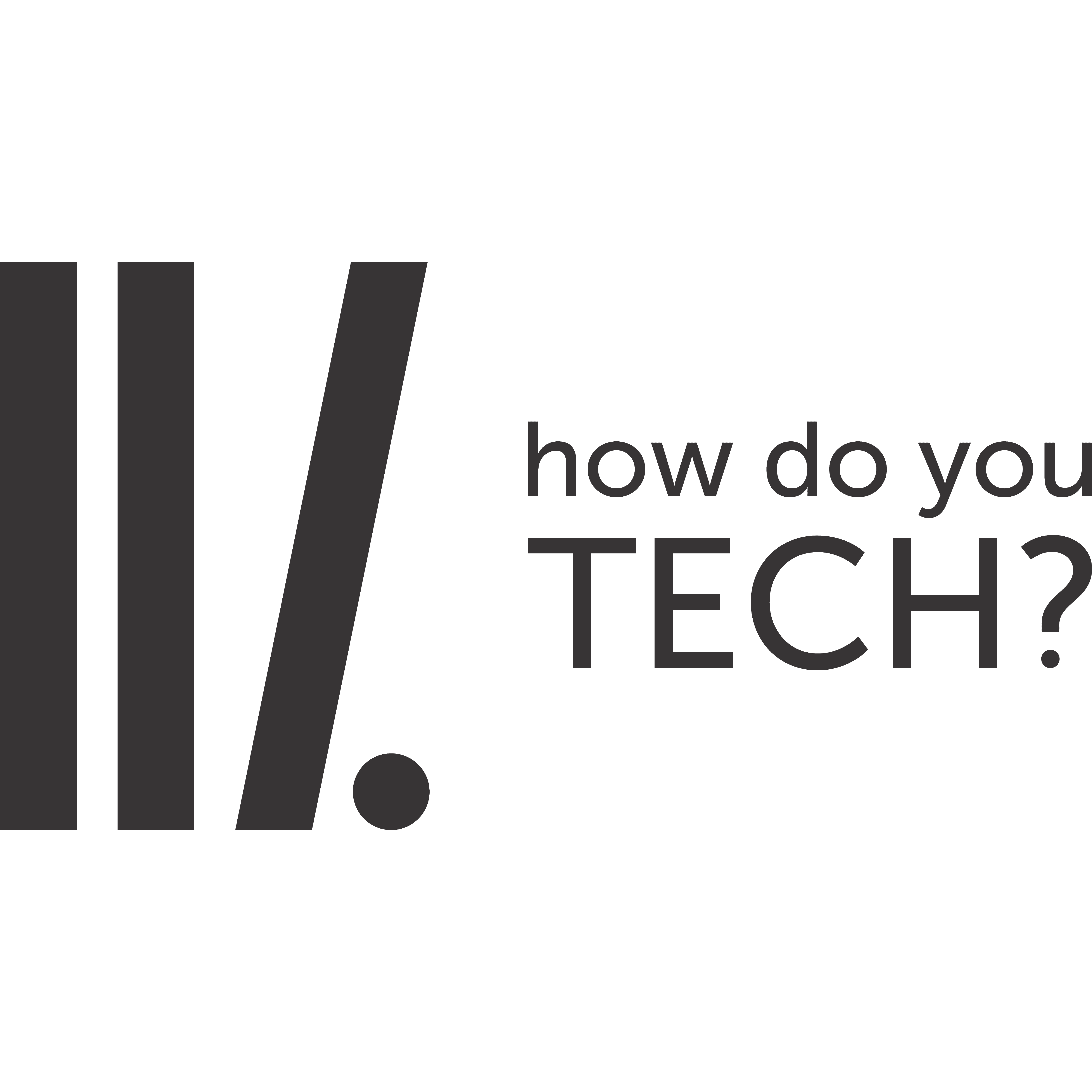What is Windows Battery Saver?
Battery Saver is similar to Battery Saver on Android. When it activates (or when you activate it), it makes a few changes to Windows’ settings in order to stretch your laptop’s battery life further.
First, it automatically lowers your display’s brightness. This is one big tweak that can save battery life on every single device, as the backlight uses quite a bit of power.
By default, Battery Saver mode automatically activates whenever your laptop or tablet reaches 20% battery life. Plug your PC in to recharge and Windows will deactivate Battery Saver mode.
How to enable Windows Battery Saver
You can turn Battery Saver mode on whenever you like. For example, you might want to turn it on manually at the start of a long day if you know you’ll be away from an outlet for a while.
To do so, just click or tap the battery icon in the notification area on your taskbar. Drag the slider to the leftmost position to activate “Battery Saver” mode.
This option is one click away from the battery icon, just as the “Power Saver” power plan was on Windows 7 and Windows 8.

You’ll also find a “Battery saver” quick settings tile in Windows 10’s Action Center. Swipe in from the right or click the Action Center icon in the system tray to access it.
Click the “Expand” link above the tiles at the bottom of the Action Center panel if you can’t see the Battery saver tile.

How to Configure Battery Saver
You can configure what Battery Saver does and when it activates. To do so,head to Settings > System > Battery. You can also click the battery icon in your notification area and click the “Battery settings” link in the popup to access it.
Under “Battery saver”, you can choose whether Windows automatically enables Battery saver mode or not, and when it does. By default, Windows automatically enables Battery saver mode at 20% battery remaining. You could change this—for example, you could have Windows automatically enable Battery saver at 90% battery if you struggle with battery life on your laptop.
You can also disable the “Lower screen brightness while in battery saver” option, but this is very useful on all devices, so you should probably leave that one enabled. Unfortunately, there’s no way to configure the screen brightness level Battery Saver will use.

You can click the “Battery usage by app” link at the top of the Battery screen to see which apps are using the most battery and control how aggressively Windows throttles them in Battery saver mode.


3 Comments